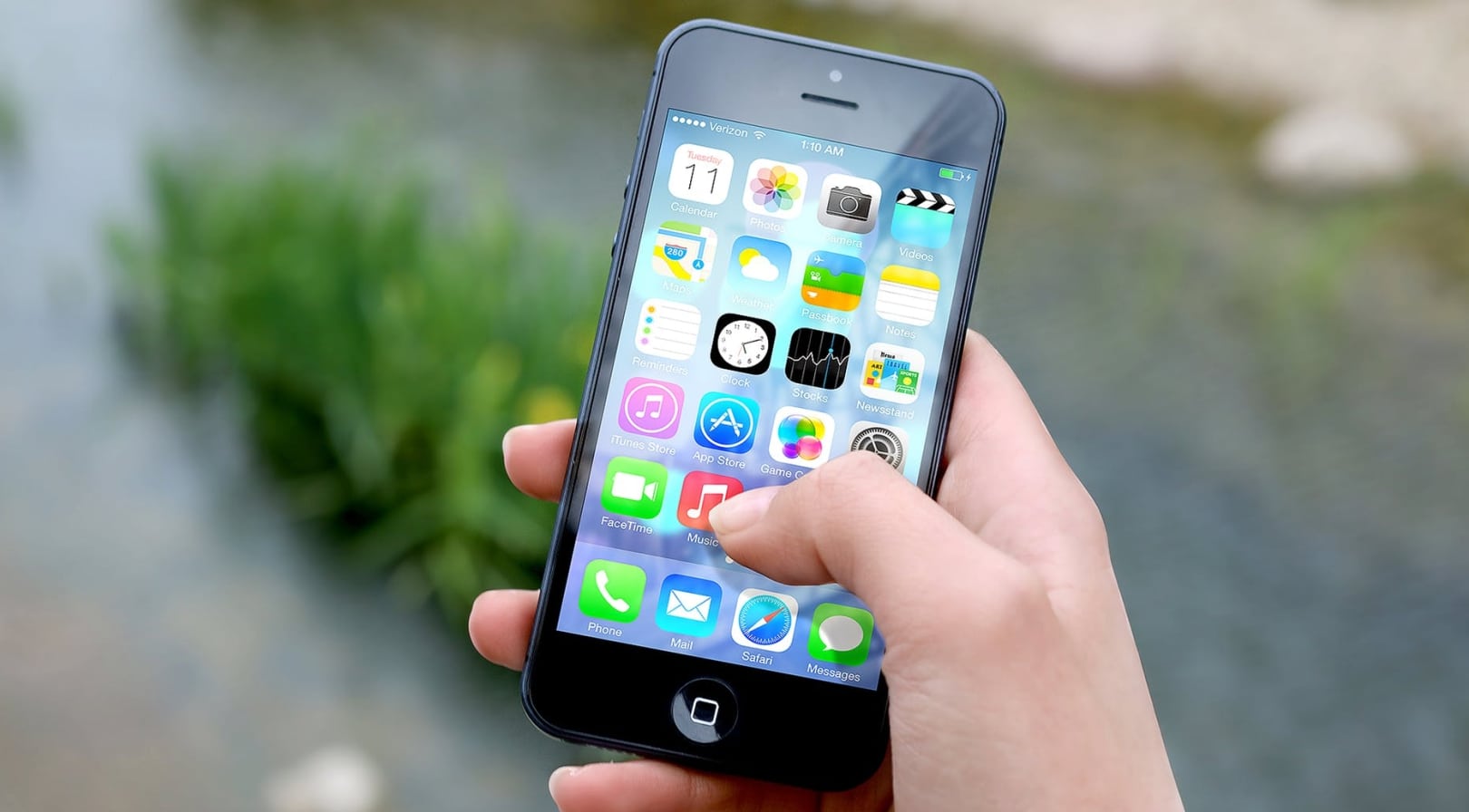Even though you might not be able to update an ancient smartphone to the latest version of its operating system, you shouldn’t assume your device won’t have any critical updates for the rest of its life. This couldn’t be any more true for iPhone 5 owners right now.
If you’re still using your 2012-era iPhone, it’s going to turn into even more of a paperweight than it might already feel like come Sunday, November 3. Unless you download and install a critical update from Apple, you’ll lose access to your iPhone’s core functionality and, as we’ll get to in a bit, you won’t be able to update your iPhone the easy way anymore.
As Apple describes:
“Starting just before 12:00 a.m. UTC on November 3, 2019, iPhone 5 will require an iOS update to maintain accurate GPS location and to continue to use functions that rely on correct date and time including App Store, iCloud, email, and web browsing. This is due to the GPS time rollover issue that began affecting GPS-enabled products from other manufacturers on April 6, 2019. Affected Apple devices are not impacted until just before 12:00 a.m. UTC on November 3, 2019.”
The good news is that updating your iPhone is easy right now. If you want to do it wirelessly, tap Settings > General > Software Update and grab the iOS 10.3.4 update—assuming you don’t already have it, which you can check via Settings > General > About.
If you’re old-school, you can also physically connect your device to your Mac and update that way, either through iTunes (if you haven’t jumped ship to macOS Catalina) or directly within Finder.
No matter how you update your iPhone, don’t put off installing iOS 10.3.4. If you procrastinate, you’ll lose the ability to perform an over-the-air update—nor will you be able to back up your device to iCloud—and you’ll have to connect your iPhone to a Mac in order to make it functional again.
David Murphy
